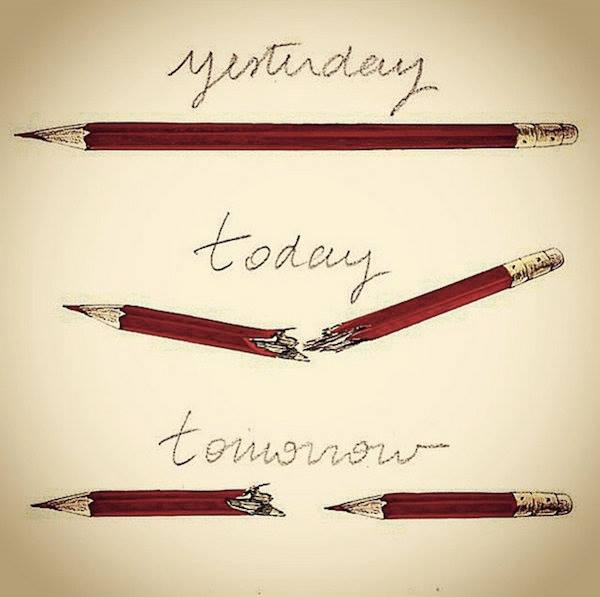i have a bad feeling about this article – it is going to seriously date me.
Yesterday, five of the major Hollywood movie studios announced that consumers could download movies from the internet – for a price and with restrictions, but never-the-less an evolutionary move.
Movielink and CinemaNow will offer download-to-own sales of feature films at the same time as the studio’s pre-established home video release window.
Sony Pictures Home Entertainment, MGM and Lionsgate titles will be available on CinemaNow.
Movielink has agreements with those studios as well as with Paramount Home Entertainment, Universal Studios Home Entertainment, Warner Home Video and 20th Century Fox.
In Europe, the "download to own" services are LoveFilm and In2Movies.
Prices will be roughly comparable to DVDs -- $20 to $30 for new releases, $10 to $16 for catalog titles.
Now doesn’t that bother some of you?
I’m sure it bothers exhibitors, those that own multiplex cinemas.
As a matter of fact, at the recent ShoWest confab in Las Vegas, THE annual show for exhibitors from across the USA and the world, John Fithian, head of the National Association of Theater Owners (NATO) said: “If people know that DVD is out at the same time or that they can find it also on internet as well as in the theater, why is the picture still important?
He was really speaking to proponents of day and date release who claim they want to increase consumer choice: that is release in movie theaters, on DVD, internet etc. on the same date world-wide.
Fithian commented, “A simultaneous release would actually reduce choice in a number of ways. Filmmakers and producers think in different creative categories. There are films made for the cinema and theatrical release, those that are going direct to-video and straight to DVD and, perhaps movies made for television.”
“Our patrons know that they are different. If simultaneous release occurred across the industry, product would become homogenized. Cinemas would be doing little more than television movie of the week on the big screen.”
And to carry that thought one step further, why go to the movies at all if we can download the movie on our home computer screens?
You know, I remember (very vaguely) the switch between black and white television and color television in the 1950-60’s. I remember the “I Love Lucy” show going from B&W to color – what a strange sight that was to see Lucy’s outrageously colored costumes. Color added a whole new dimension to TV.
I don’t remember but I am reminded that in 1953, Hollywood hyped CinemaScope – wide screen projection, in a hope to counteract TV.
By 1954 54% of all American families had TV sets and television industry revenue surpassed radio revenue.
In 1958 videotape went color which allowed a whole new world of TV production to start. That year also saw the first stereo LPS go on sale.
Looking back, ’58 was a monumental year, packets of “data’ were moved speedily along regular phone circuits, broadcast was bounced off a rocket – the first pre-satellite communication, 5,000 drive-in movie theaters existed in America, Arthur L. Schawlow published the theory that started laser research, experiments began on something which has become known as “the modem”, the US Defense Department created ARPA- the forerunner of the Internet and last but not least, the Smurfs were created by Belgian cartoonist Peyo .
In ’59 Jack Kilby of Texas Instruments built an integrated circuit, Seymour Cray at Control Data built a transistorized computer and the microchip which enabled the computer revolution was developed.
1962 saw touch tone phones a hit at the Seattle World’s Fair: ’63 Phillips of Holland developed the first audio cassette, instamatic cameras hit the market place and who can forget the Beatles?
In 1966 the fax machine was born. In ’67 Dolby did away with audio hiss and IBM created the floppy disc. Also in 1967, for the first time, pre-recorded video tapes were sold while the “digital” age was born as touch tone phones went on the market and newspapers began using computers.
As ‘2001 A Space Odyssey’ hit the movie screens in 1968, there were 200 million TV sets world wide, Intelsat completed the first global communications satellite loop, and magnetic-stripe credit cards were introduced.
This was also the first year that a drop in cinema attendance was noticed – 20 million tickets sold weekly: TV was to blame.
By Scott Rosenberg
 Chatelin Bruno
Chatelin Bruno 


























